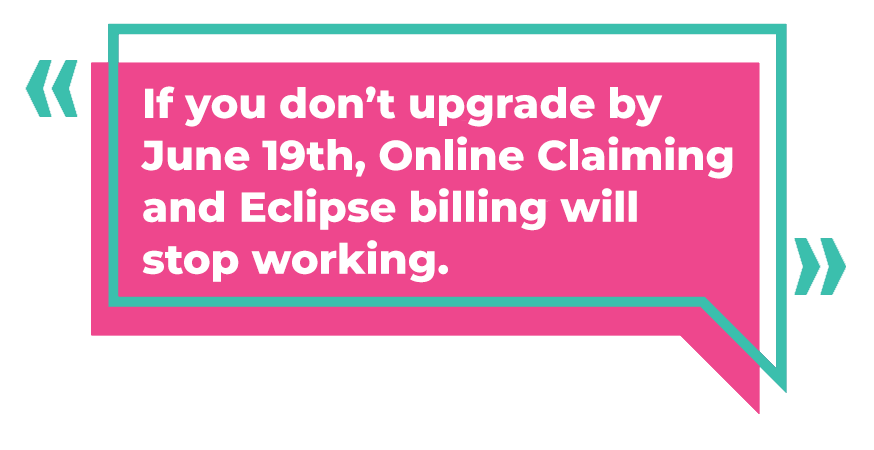Work smarter, not harder when it comes to offering a great practice-patient experience.
Practices today have to deal with never-ending challenges: overworked doctors, nurses and practice staff, never-ending admin burden, day-to-day patient inefficiencies (“Sorry, I forgot to get my medical certificate and repeat script when I saw the doctor!”)…. all whilst still trying to deliver a great patient-doctor experience.
Dana Tse, Practice Manager at Campsie Medical Centre, decided to try BetterConsult’s patient intake questionnaire to help with her practice’s workflow management. “Some of the challenges I face as a practice manager are time management, making sure that our patients are seen on time, and making sure that our doctors and staff have a good work-life balance,” she says. “We tried BetterConsult as we had nothing to lose – it was free. And the outcome has been a better experience for staff, doctors and patients”.
So how does BetterConsult help you work smarter, not harder?
BetterConsult is a patient pre-consultation questionnaire fully integrated into Best Practice (it works seamlessly alongside online booking systems). It is simple and easy for patients to use and starts when they receive an SMS 24 hours prior to their appointment. The questionnaire captures the patient’s agenda and key clinical symptoms. The patient’s answers are then translated into a concise clinical summary for the doctor or nurse to review at the time of the consultation.
Doctors use the information provided by BetterConsult to practice at the top of their license and better plan their days and individual consultations, allowing them to have a more personal consultation with their patients; spending less time typing and facing the screen and more time discussing their concerns and focusing on treatment and management.
Campsie GP, Dr Bernard Tse, said BetterConsult “allows me to have a more personal consultation with my patients by spending less time typing and facing the screen, and more time actually discussing what the patient’s concerns are.”
Carseldine Family Clinic’s Dr Leah Ahchay says, “BetterConsult is extremely beneficial to my patients because when they enter the room, I’m going to feel more confident with my diagnosis, I’m going to have a baseline with which to assess their symptoms, and I’m going to give them some written information as they leave the room because I’ve been able to prepare for that consult”.
Dr Tamsin Franklin, principal GP of Turn the Corner Medical Clinic, commented “I am sure all doctors have had the ‘near miss’, where we have asked for clarification regarding a symptom, only to reveal something with great importance which had almost been missed. BetterConsult helps to reduce this likelihood. It also frees up time so that concerning symptoms can be fully explored, and less concerning symptoms can be triaged. Perhaps for another day.”
BetterConsult integrates seamlessly into BP Premier, and developer HealthShare, a Best Practice Gold Partner, provides a dedicated customer success manager to guide users through setup and use.
BetterConsult is priced as a freemium offering, meaning there is no cost for practices or doctors to use the product. Practices can optionally choose to pay for custom questions to be added to the questionnaire if they are running practice-specific clinical campaigns.
BetterConsult is also being funded by health organisations to run patient and doctor education campaigns that support improved patient health outcomes (similar to patient leaflets and posters in the waiting room).
A recent practice study by Cubiko found that practices using BetterConsult saw up to an 80% reduction in patient DNA (Did Not Arrive) rates.
Over 3M questionnaires have been completed around Australia with thousands of doctors now using BetterConsult. Find out more about how you can improve your patient engagement and communication with BetterConsult here.
When it comes to offering a great practice-patient experience; work smarter, not harder.















